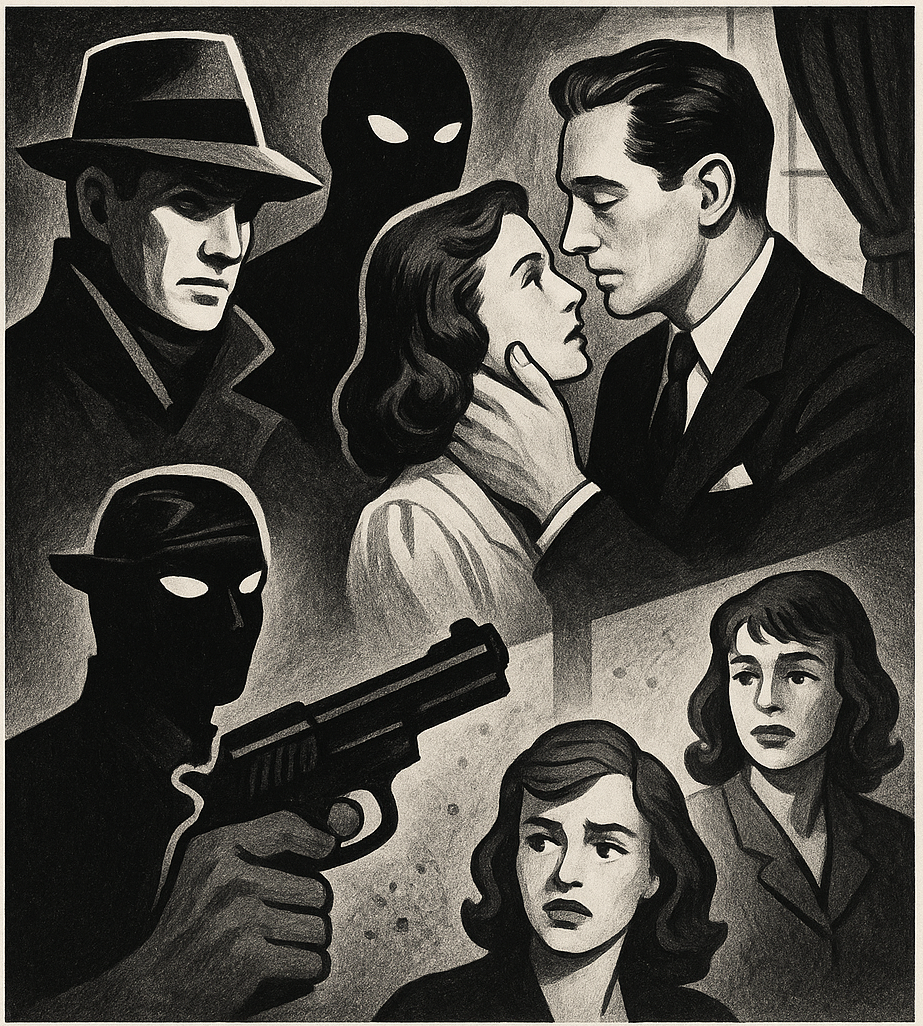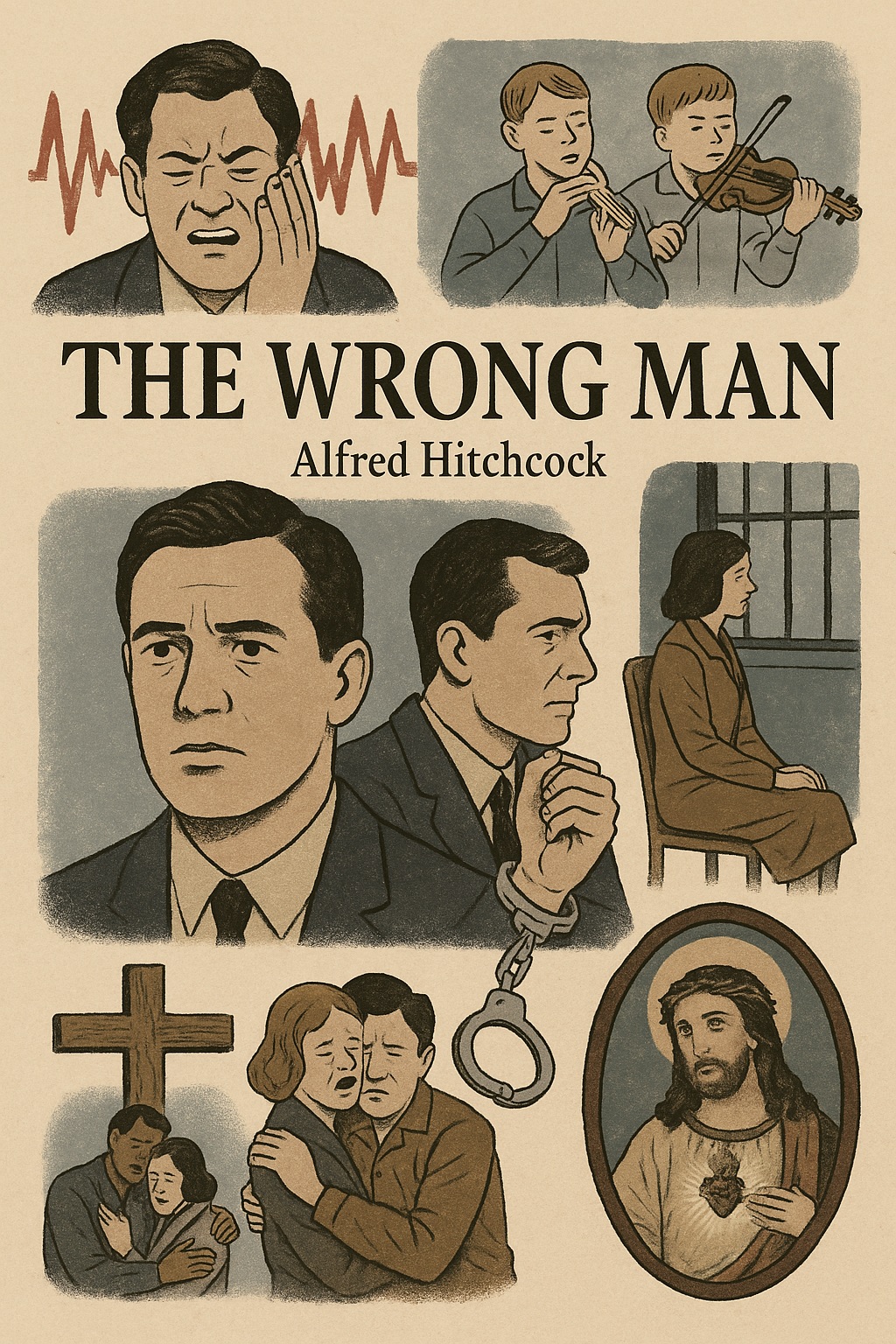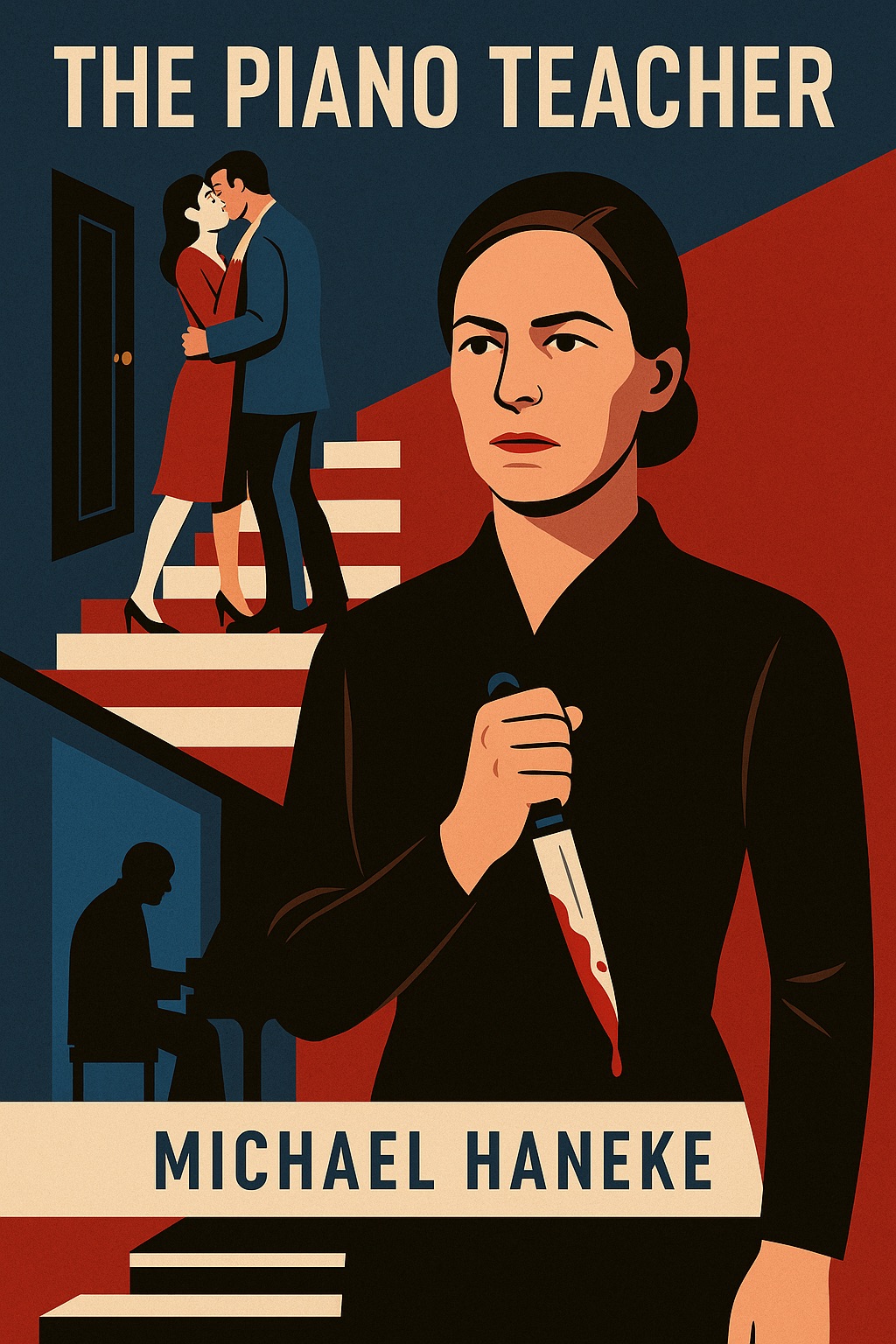Almost Famous (2000)
Peeling back one layer, then another, until reaching her heart: She’s 17, or perhaps 16, or maybe even 15. Her name? Penny Lane, or perhaps Emily Buckman, or Lady Goodman. She may look like an obvious groupie, but she isn’t really one. She refuses to be sexually exploited by rock stars; her loyalty lies not with the “star,” but with the “rock” itself. Although she might occasionally offer oral sex, her naïve, self-compromising passion leads her to meet William, an inexperienced teenage journalist, and together they board the tour bus of the mid-level band, Stillwater. This is a road movie about self-discovery.
William, a high school amateur rock columnist, is commissioned by Rolling Stone to write a feature about Stillwater and joins their journey. The central conflict of the film arises from William’s indecision between portraying harsh realities (Stillwater has no future) and constructing a false fantasy to protect those who have become his only friends. The bus carrying the “almost famous” inevitably traverses this purgatory between truth and lies. Observe Russell, oscillating unpredictably between shouting “I am invincible!” and confessing “I’m drunk.”
Around this point, the motif of airplanes subtly introduced through Penny’s theatrical monologue permeates the entire film. This airplane motif is intricately layered—not just doubled, but tripled—in its symbolism of success, escape, and truth. After signing with a major label, Stillwater abandons buses for airplanes. William’s sister, inspired by rock’s calling, leaves home to become a stewardess. Penny plans to escape her chaotic reality for Morocco. However, the truth Stillwater confronts in the air is grotesque; William’s reunion with his sister brings confusion rather than joy (her outrageous attire!), and Penny never reaches Morocco.
By now, it’s natural to question this journey’s ultimate destination. William is undoubtedly the protagonist, and his character arc peaks through his interaction with Penny. He kisses Penny after her suicide attempt, after which she vomits out all her pretenses and falsities—the Sleeping Beauty awakens. Yet, the narrative seems reluctant to conclude.
Russell, who has exchanged the soul of a devoted fan (essentially rock itself) for a Heineken, gradually succumbs to guilt and contacts Penny again. Intending to apologize, he visits an address that turns out to be William’s home, where he meets William’s mother, who once fiercely rebuked him. Chronologically, this represents the second reconciliation—the reconciliation between rebellious rock ‘n’ roll and a conservative mother. Guided by her, Russell begins anew his interview with William—the third reconciliation. The first, orchestrated by William, was between his mother and sister (still wearing that uniform). William’s journey thus completes its cycle through the dichotomy of truth and falsehood, settling on communication and mutual understanding. Language may not be perfect, but at least Emily Buckman rhymes perfectly with Lady Goodman.
28 Weeks Later (2007), Juan Carlos Fresnadillo
The film opens with survivors sharing a modest dinner. Amid the wine, pasta, and friendly conversation, tension erupts when a woman mentions her boyfriend who left to find food, clinging futilely to hope. Another survivor angrily rebukes her, and moments later, disaster strikes. From the outset, hope yields to anger.
The moral cycle revolves around Don, who abandoned his wife in a critical moment. His cowardice and moral failing become original sin, inevitably rebounding upon him. His wife, Alice, returns alive despite certain death. Knowing she carries the infection, she nonetheless permits Don a forgiving kiss—an act driven by bitter resentment.
This rage spreads beyond the couple, infecting everyone around them, including their children. Although expressed as a virus, anger itself remains the true contagion—anger of soldiers attempting to control, anger of civilians striving to escape. The radio crackles only with furious profanity. The seemingly extinguished fire reignites swiftly.
Amidst this turmoil, two soldiers emerge: Scarlet, the medical officer, and Doyle, the sniper. Scarlet flees to protect Don’s children, immune carriers, and Doyle inherits her mission. Acting selflessly, both remain uninfected even in their final moments, unaffected by rage—they are the apocalypse’s martyrs.
Tammy reassures her terrified brother, Andy, bitten by their infected father, vowing never to leave him—a desperate attempt to rectify their father’s sins. Yet, as the final scenes make clear, they too fail. Neither Andy’s genetic potential for a cure nor the biblical hope of children redeeming parental sins prevails. Anger claims victory, as inevitably foreshadowed.
Throughout the film, characters are repeatedly framed trapped behind windows—Don’s wife, Don himself, civilians in quarantine, and finally Andy. Like monkeys caged in 28 Days Later, anger consistently breaks containment. In this bleak, nihilistic world, where evil invariably triumphs and ancestral sins remain unresolved, the only escape is martyrdom—dying for another.
American Gangster (2007), Ridley Scott
Ambition is a form rather than content. American Gangster has two protagonists: Frank, the new drug kingpin ruling Harlem, and Richie, an incorruptible detective who refuses illicit money. Despite stark contrasts, both men share a visionary spirit. Frank announces his dominance by publicly incinerating an Italian mafia member, aiming to reinvent the drug trade without middlemen, following the godfather’s wisdom. Richie endures scorn within a corrupt police force, unwaveringly maintaining integrity while tirelessly studying to rise from an errand boy delivering criminals to a true agent of justice.
The divergent environments of their organizations further illustrate their parallel paths. Frank insists his men maintain dignity and values family above all, while Richie’s integrity is scorned by colleagues, ultimately devastating his family life. Moral ambiguity here is clarified only by the destitute fates of addicts.
The convergence of these two monumental forces of good and evil generates a further vision—the purge of corrupt officers. The film concludes with the arrest of Trupo and his gang, characters distinguished by their refusal to change, merely perpetuating evil. They represent parasites clinging to existing order without innovation. Thus, they become the ultimate adversaries. Richie, Frank, and Trupo encapsulate the dialectical evolution of the American dream—thesis, antithesis, synthesis.


